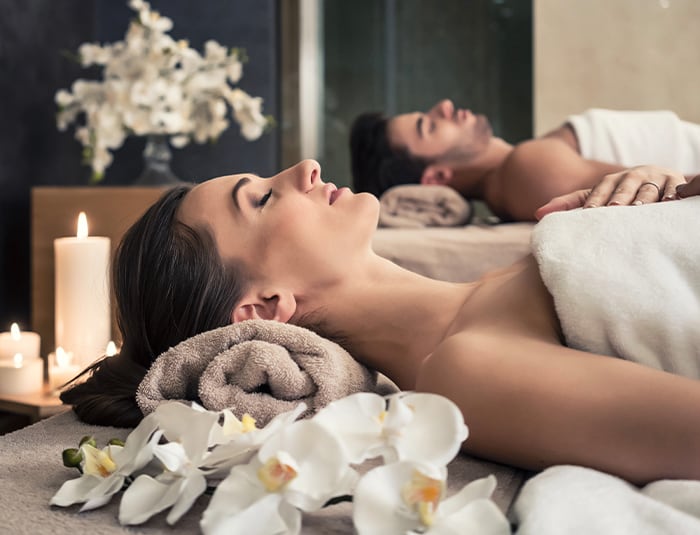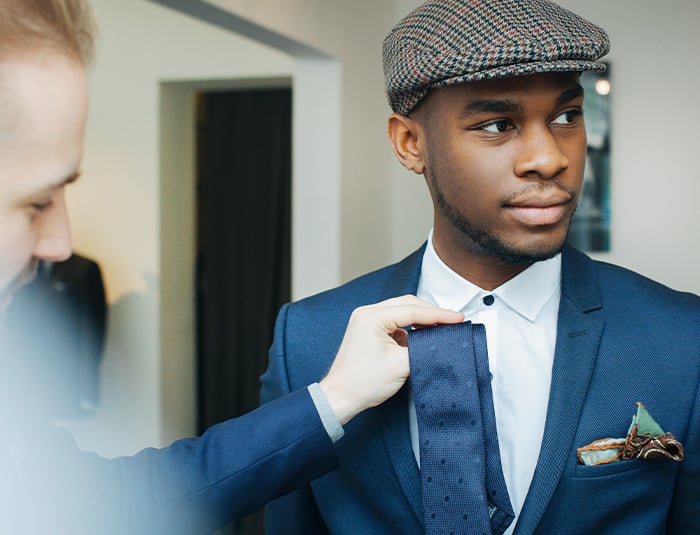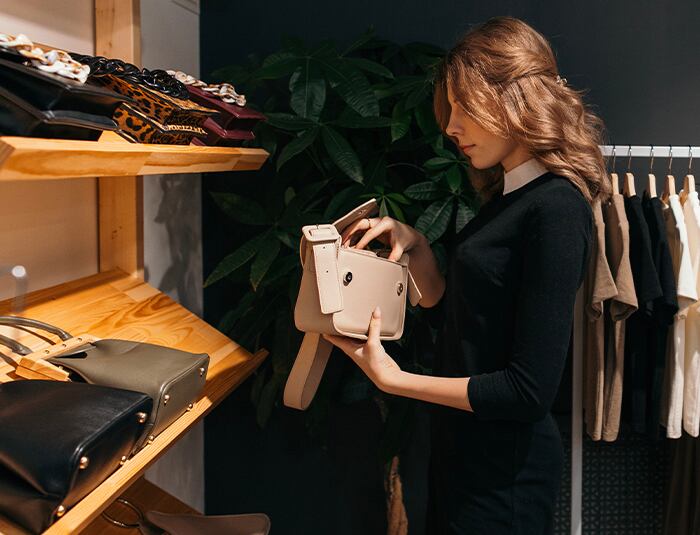
Young, dynamic, and more diverse, luxury’s newest customers are propelling its renaissance.
From Swiss watches to designer handbags to high-end vehicles, a growing luxury consumer base around the world has fueled a ground-breaking, post-Covid boom in luxury spending, which has now surpassed pre-Covid levels.
“Consumers want luxury, they love luxury, and I think there are specific things about this moment that have made it so robust,” said Faye Landes, retail expert and Landes Advisors President in a recent webinar. “There’s a post-Covid aspect where people want to treat themselves. There’s an emphasis on having things that will last. There’s an emphasis on legacy and family, which for certain ethnic groups is very tied into luxury purchases.”
A new, diverse generation of luxury consumers consisting of millennials and Gen Zs — among them first-generation Black and Latinx shoppers — accounted for the entirety of the luxury market’s growth in 2022, according to a January 2023 Bain & Company report, which projects the luxury market’s consumer base to expand from approximately 400 million people in 2022 to 500 million by 2030.
With these changing demographics in mind, the Brookfield Properties Consumer Insights team recently talked with a wide range of luxury shoppers across the country in more than 15 hours of in-depth focus groups to learn more about their expectations, attitudes, and definitions of luxury.
Here’s what we learned:
1. Luxury is a Lifestyle

Perhaps it’s no surprise the pandemic has sparked an interest in wellness, mental health, self-care, rest, and relaxation. For many consumers, addressing these needs through experiences like travel, spa services, fitness programs, and dining out is the ultimate luxury. “Luxury is about experiences, said one respondent. “The luxury to travel to see things, to experience things, is more valuable these days than just merely buying a $1,200 pair of shoes.”
2. The traditional aspects of luxury still matter.
The elements associated with luxury products — quality, status, and investment — are still at the heart of what today’s luxury consumers value and they look to legacy luxury brands like Cartier, YSL, Hermès, Rolex, CHANEL, Dior, Gucci, Prada, and Louis Vuitton to provide that unsurpassed level of craftsmanship. “The more I realize that a human being is spending countless hours making a piece of jewelry or a fine shoe, I value that more than a T-shirt with just the red logo on there for $400,” noted another respondent.

3. Personalization builds engagement.

As luxury becomes more widely available, personalization is key to building loyalty. For many shoppers, that means being recognized, welcomed, and attended to in a store, regardless of their age or ethnicity. Other luxury consumers want to feel represented in order to engage with a brand in the first place. For other shoppers, personalization means feeling special by having access to things others don’t have. “To actually sit with a custom tailor to have that suit the way you want it — from the stitching to the buttoning to the lapels, that’s a unique experience,” said one respondent. “You walk away like ‘wow, this is for me and me only.’”
4. Emotion drives luxury purchases.
For many shoppers, luxury isn’t just tangible, it’s also steeped in emotion. For men in particular, luxury is a symbol of status and recognition. For first-generation Black and Latinx consumers, luxury is an important statement of achievement. For others, luxury is an avenue to build legacy. “It’s a way of making memories,” one respondent said. “It’s being able to have something that you know you’re going to give to your children and be able to share with their family for a long time.”

5. Brick-and-mortar is an essential part of the luxury shopping experience.

Luxury shoppers have a renewed post-Covid pleasure in real-life shopping and “making a day of it.” They crave an elevated, exclusive, multisensory experience, and many have extremely high standards set by luxury travel and exposure to luxury malls worldwide. “I remember visiting the Louis Vuitton boutique on the Champs Élysées for the first time and being blown away by the experience,” said a respondent. “It showed me that luxury is more than just what you wear or carry. It’s a full and immersive experience.”
The global luxury goods market, which grew by an estimated 21% in 2022, continues to showcase strength even in the face of inflation. According to the Bain & Company report, strong generational trends will continue to be a powerful factor for sector growth in 2023 and beyond. “The spending of Gen Z and the even younger Generation Alpha is set to grow three times faster than other generations through 2030, making up a third of the market,” the report reads.
“Luxury is surpassing all other spheres of retail,” Landes added. “This is the moment where the head of a luxury company — Bernard Arnoult, CEO of LVMH, which owns many luxury brands — became the richest man in the world. That kind of sums it up.”
At Brookfield Properties, we’re focused on elevating the high-end shopping experience through our Iconic Collection of retail properties across the country. Our award-winning Iconic magazine showcases those luxurious properties while shining a spotlight on the luxury brands and culinary concepts inside their doors. Learn more about the Iconic Collection here.
Interested in staying in touch? Connect with us!